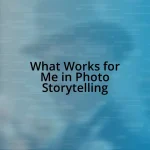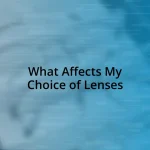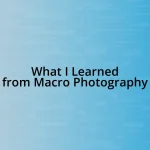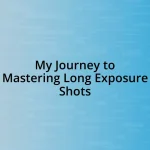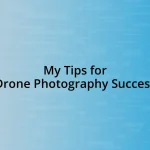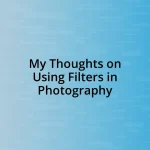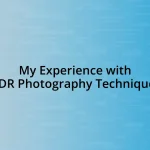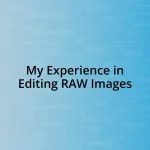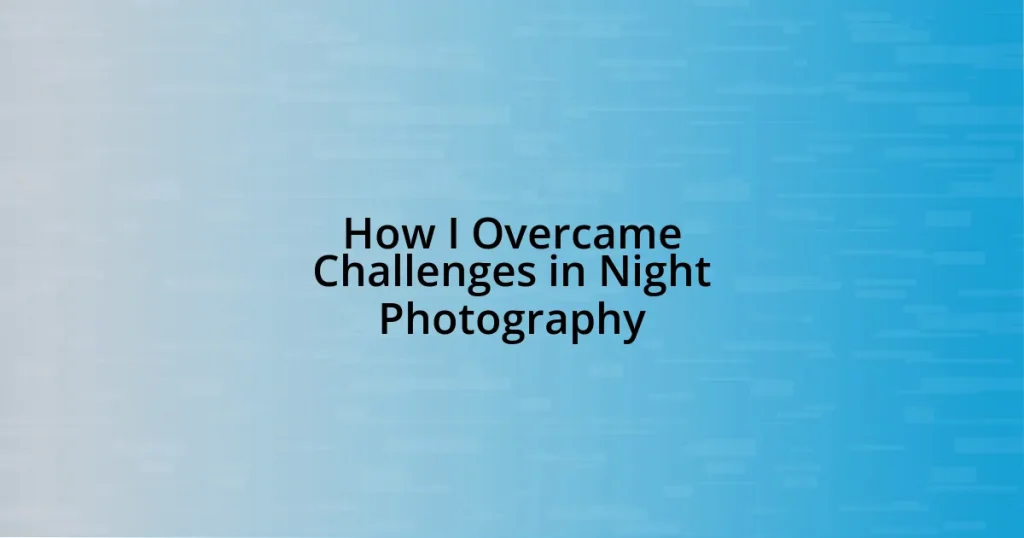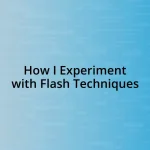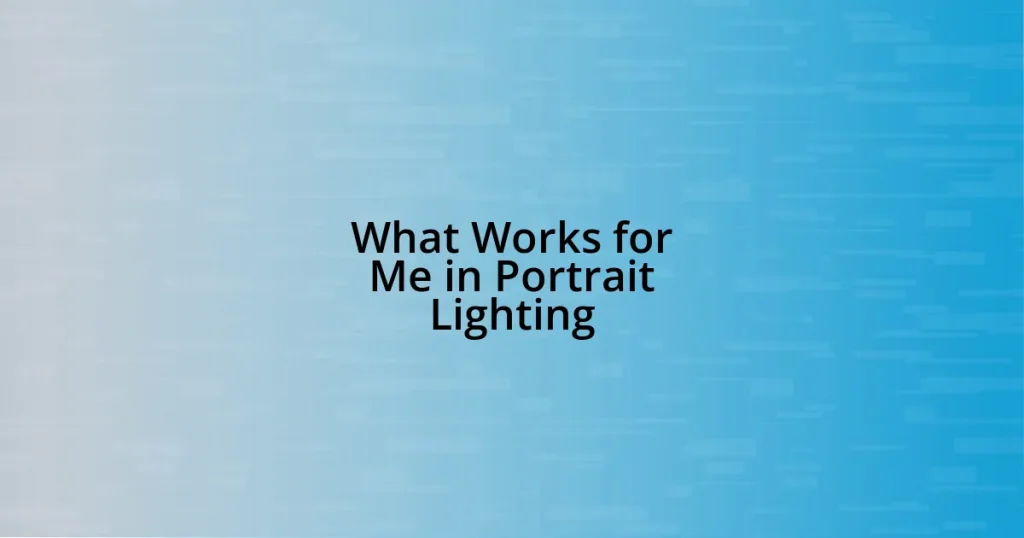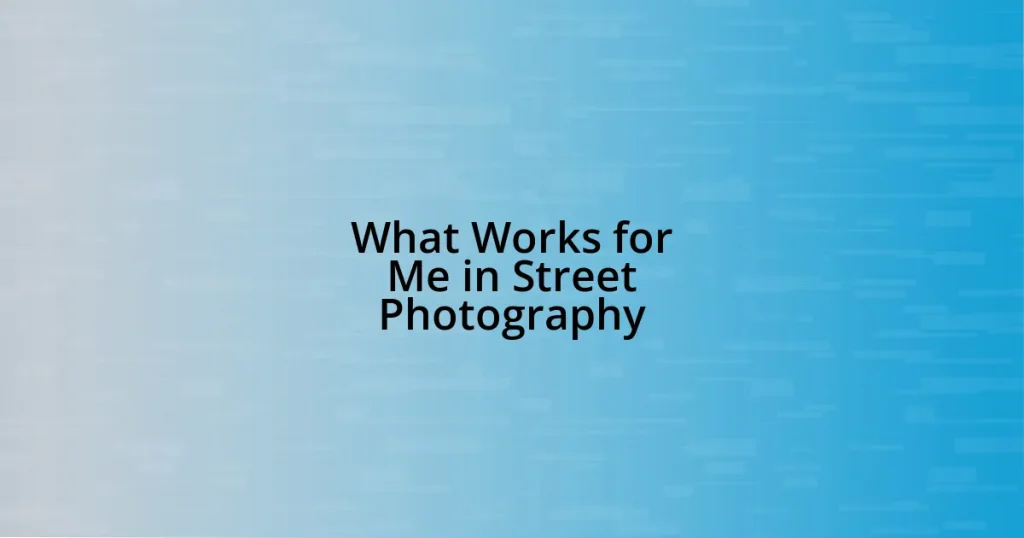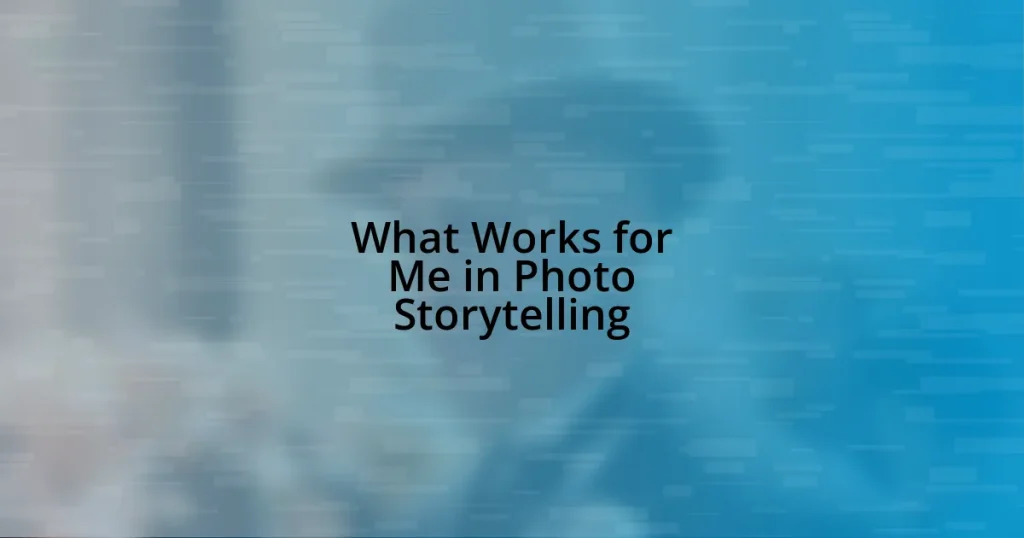Key takeaways:
- Understanding exposure basics—aperture, shutter speed, and ISO—is crucial for capturing beautiful night images.
- Manual focus is essential in low-light situations; using a flashlight can help achieve better focus.
- Experiment with exposure settings and creative techniques, like light painting, to enhance night photography.
- Post-processing is vital for elevating night photos, allowing for adjustments that can significantly improve the final image.
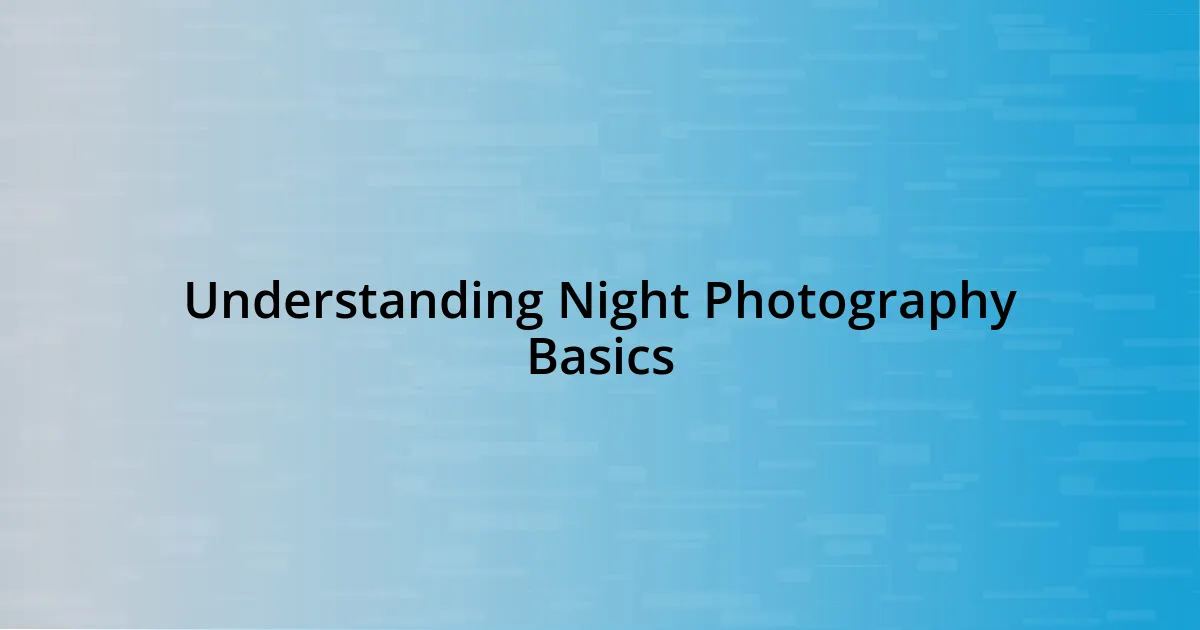
Understanding Night Photography Basics
Night photography can be a thrilling exploration, but it’s essential to understand the basics to truly capture its magic. When I first picked up my camera at night, I was met with a stark realization: the settings I used during the day simply wouldn’t cut it in the dark. Have you ever wondered why? It all comes down to controlling light—the primary challenge.
The three critical elements of exposure—aperture, shutter speed, and ISO—hold the key to unlocking stunning night images. I remember experimenting with varying ISO settings; I started at a modest 800, but discovered that cranking it up to 3200 opened new worlds, albeit with some grain. This realization changed my approach, inviting me to embrace a little noise for the sake of capturing shimmering stars or bustling city lights.
Being aware of your camera’s limitations is crucial too. On a cold, clear night, I once missed an opportunity because I didn’t consider the battery life. The chill drained my battery faster than usual, forcing me to wrap up early. Have you ever lost a moment because of a simple oversight? The key takeaway is to prepare for your night shoots thoughtfully, checking your gear and adjusting your mindset to the unique demands of low-light photography.
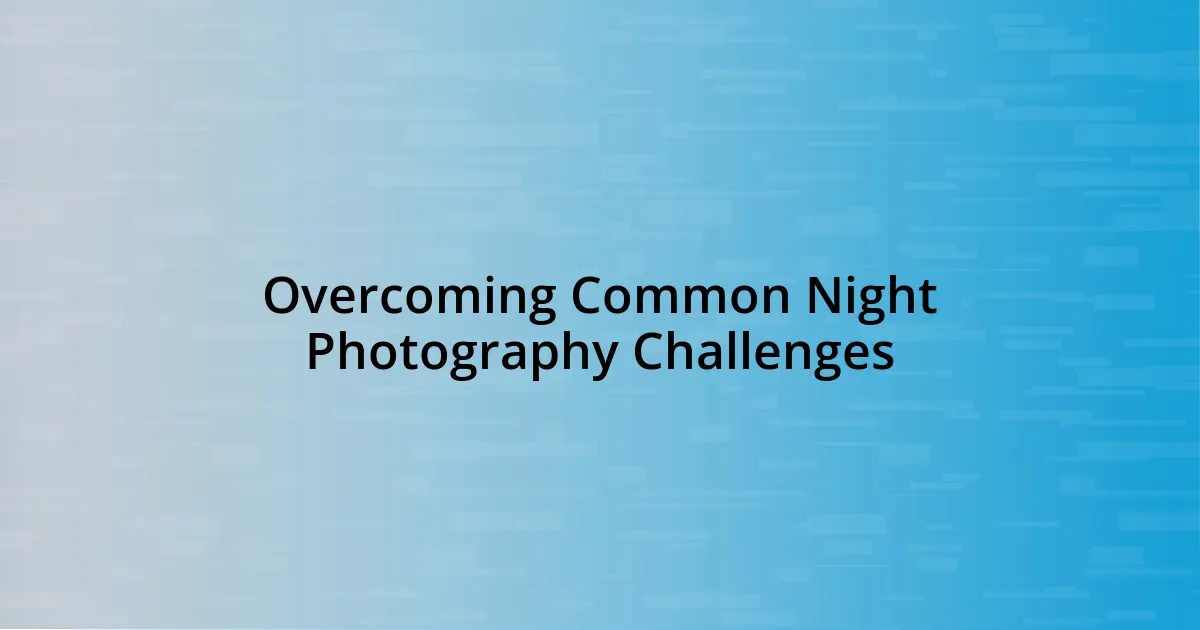
Overcoming Common Night Photography Challenges
When venturing into nighttime photography, I encountered a slew of unexpected challenges, primarily related to focusing. I distinctly remember one evening when I aimed to capture a stunning silhouette against a sunset fading into twilight. The autofocus simply wouldn’t lock on due to the lack of contrast in the dim light. It was frustrating! That’s when I learned to manually focus. I experimented with using my flashlight to create a bit of contrast on the subject. This little trick made all the difference, enabling me to capture sharp images without the stress of missing the moment.
To tackle various challenges in night photography, consider the following tips:
- Use Manual Focus: Embrace manual focus in low-light conditions to gain the control you need.
- Stabilize Your Camera: Invest in a sturdy tripod to prevent shake, allowing longer exposure times.
- Experiment with Exposure: Don’t be afraid to play with long exposures; some of my best shots came after a few tries, each one teaching me something valuable.
- Scout Locations in Advance: Familiarize yourself with potential shooting spots during the day to plan compositions ahead of time.
- Be Patient: Sometimes the most beautiful shots happen after waiting for the perfect moment, just like watching the sunset gradually unveil its colors.
Every challenge I faced taught me the importance of adaptability and creativity in the field, making each shoot an opportunity for personal growth.
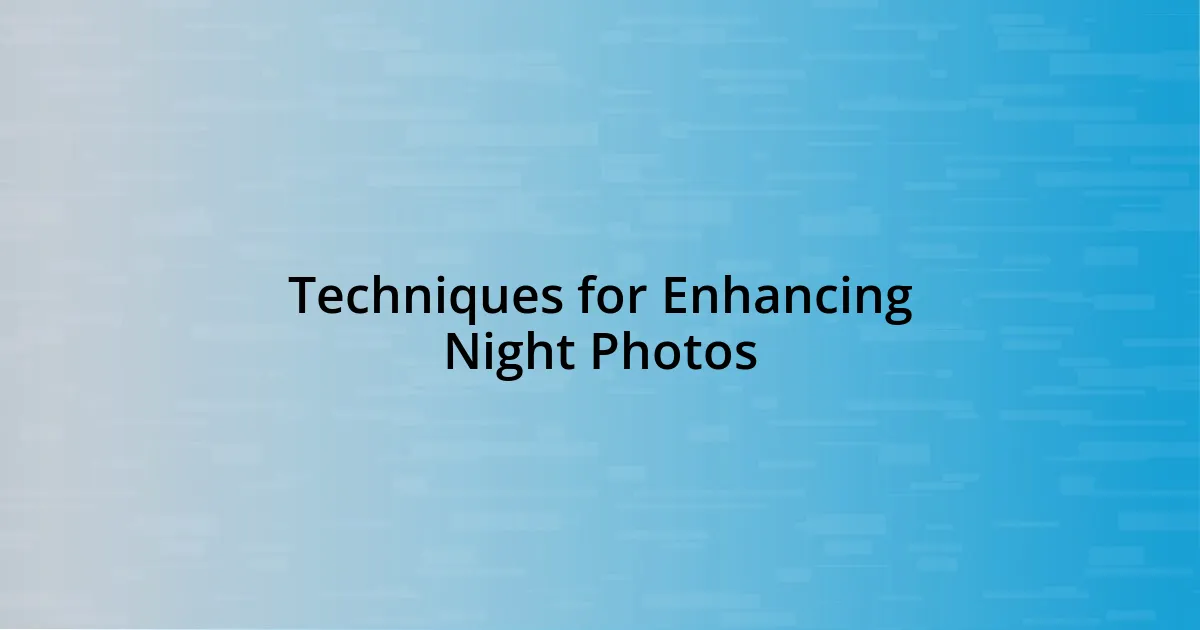
Techniques for Enhancing Night Photos
Finding the right exposure settings for night photography is like solving a puzzle, where each piece represents a variable you can adjust. I recall a night where I aimed to capture the Milky Way. I was startled to discover that using a wide aperture not only gathered more light but also created a dreamy effect around the stars. How many stunning shots could I have missed by sticking to standard settings? This realization encouraged me to be more adventurous, experimenting with different apertures to enhance the mood of my photos.
As for light management, I learned to embrace creative techniques like light painting. I still remember when I used a small LED flashlight to illuminate a tree under a starry sky, transforming a simple subject into a captivating focal point. It turned a potentially ordinary image into a magical moment. Have you ever thought about how a little light can shift the entire narrative of a photo? Now, I encourage anyone to play with sources of light, whether natural or not, to elevate their night photography to the next level.
Lastly, one of my most rewarding techniques involved post-processing. After a night of capturing cityscapes, I discovered how enhancing contrast and adjusting shadows during editing could really bring out those vibrant hues of neon lights. I was blown away by how much a picture can transform with just a few tweaks on a computer. The question is: why leave that potential unseen? Embracing these post-shoot adjustments has become as essential to my process as the initial click of the shutter.



